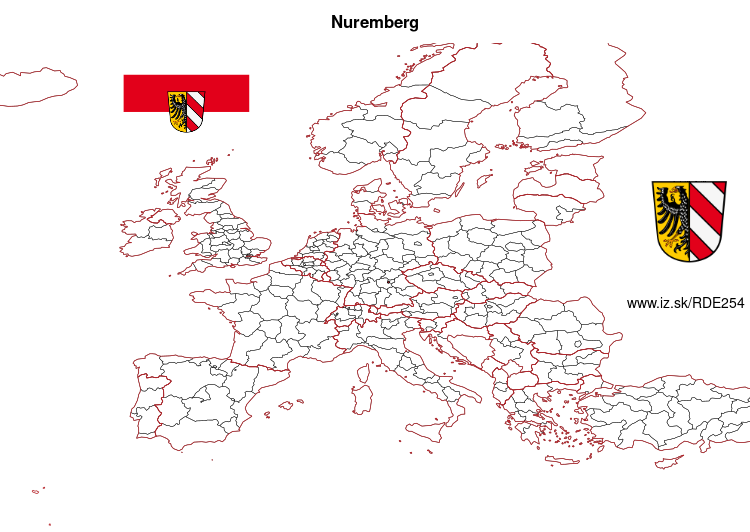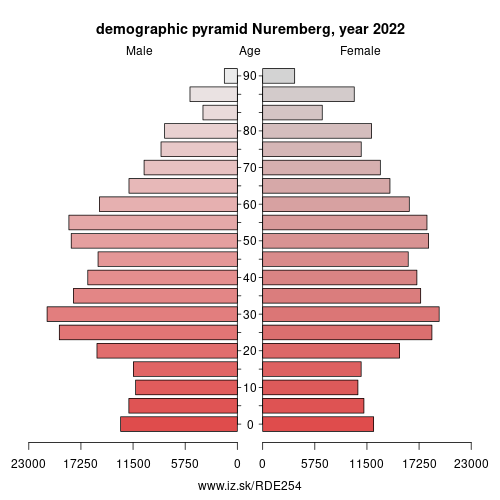- About us»
- Net income calculator»
- Population aging»
-
- Least developed regions»
-
- Average wage
- Material need benefits
- Meal allowance
- Counties of Slovakia
- Inflation
- Living and Subsistence Minimum
- Unemployment of Czechia and Slovakia
- NACE Classification
-
- Life expectancy
- Gender differences
- Youth unemployment and NEET
- Minimum wage in EU
- Unemployment rates of different age groups
- Share of salaries on GDP
- Unemployment rate
- NEET
- Long term unemployment
- Percentage of employees ususally working at nights
- Employment rate
-
- Bratislava and surroundings
- Kopanice
- Danube river
- lower Vah river
- middle Vár river
- upper Nitra river
- lower Nitra river
- Mining cities
- Kysuce a Orava
- upper Vah river - Liptov
- Spiš cities
- upper Hron river
- Juhoslovenská kotlina
- Košice fold and Torysa river
- upper Zemplín
- lower Zemplín
- EU regions
- NUTS3 regions of Slovakia
- LAU1 dataset
-
- Projects and activities
- Inclusive growth»
- Good work
- Project SKRS
- Social system – reality and vision
- Library
-
- Education of unemployed
- Young unemployed not taking part in education
- Proposal to change the system of education funding
- News»
- Contact
Nuremberg – DE254
EU regions: Germany > Bavaria > Middle Franconia > Nuremberg

| Indicator | Period | Value |
|---|---|---|
| Gross domestic product | ||
| GDP per capita in PPS of EU average | 2022 | 170 |
More on wikipedia wikidata Q2090 on OpenStreetMap Nuremberg slovensky: DE254
Demographics
| Indicator | Period | Value |
|---|---|---|
| Demographics | ||
| number of inhabitants | 2024 | 526 606 |
| population density | 2023 | 2838.8 |
| old-age dependency ratio | 2024 | 30.4 |

Nuremberg ( NEWR-əm-burg; German: Nürnberg [ˈnʏʁnbɛʁk] (listen); East Franconian: Närrnberch or Nämberch, locally Närmberch) is the second-largest city of the German federal state of Bavaria after its capital Munich, and its 511,628 (2016) inhabitants make it the 14th largest city in Germany. On the Pegnitz River (from its confluence with the Rednitz in Fürth onwards: Regnitz, a tributary of the River Main) and the Rhine–Main–Danube Canal, it lies in the Bavarian administrative region of Middle Franconia, and is the largest city and the unofficial capital of Franconia. Nuremberg forms a continuous conurbation with the neighbouring cities of Fürth, Erlangen and Schwabach with a total population of 787,976 (2016), while the larger Nuremberg Metropolitan Region has approximately 3.5 million inhabitants. The city lies about 170 kilometres (110 mi) north of Munich. It is the largest city in the East Franconian dialect area (colloquially: „Franconian"; German: Fränkisch).
There are many institutions of higher education in the city, most notably the University of Erlangen-Nuremberg (Friedrich-Alexander-Universität Erlangen-Nürnberg), with 39,780 students (2017) Bavaria's third and Germany's 11th largest university with campuses in Erlangen and Nuremberg and a university hospital in Erlangen (Universitätsklinikum Erlangen); Technische Hochschule Nürnberg Georg Simon Ohm; and Hochschule für Musik Nürnberg. Nuremberg Airport (Flughafen Nürnberg “Albrecht Dürer“) is the second-busiest airport of Bavaria after Munich Airport, and the tenth-busiest airport of Germany.
Staatstheater Nürnberg is one of the five Bavarian state theatres, showing operas, operettas, musicals, and ballets (main venue: Nuremberg Opera House), plays (main venue: Schauspielhaus Nürnberg), as well as concerts (main venue: Meistersingerhalle). Its orchestra, Staatsphilharmonie Nürnberg, is Bavaria's second-largest opera orchestra after the Bavarian State Opera's Bavarian State Orchestra in Munich. Nuremberg is the birthplace of Albrecht Dürer and Johann Pachelbel.Other: Middle Franconia, Fürth, Roth, Nuremberg, Fürth, Erlangen-Höchstadt, Nürnberger Land, Schwabach, Ansbach, Ansbach, Landkreis Neustadt an der Aisch-Bad Windsheim, Erlangen, Weißenburg-Gunzenhausen
Neighbours: Fürth, Erlangen-Höchstadt, Schwabach, Nürnberger Land, Fürth, Erlangen, Roth
Suggested citation: Michal Páleník: Europe and its regions in numbers - Nuremberg – DE254, IZ Bratislava, retrieved from: https://www.iz.sk/PDE254, ISBN: 978-80-970204-9-1, DOI:10.5281/zenodo.10200164

 Share
Share Facebook
Facebook Twitter
Twitter News
News